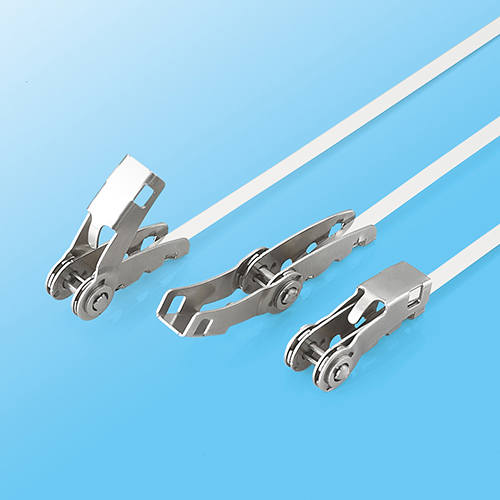Introduction to stainless steel
Stainless steel is the abbreviation of stainless and acid-resistant steel. It is called stainless steel that is resistant to weak corrosive media such as air, steam, and water, or is stainless steel; Corrosion steel is called acid-resistant steel.
Due to the difference in chemical composition between the two, their corrosion resistance is different. Ordinary stainless steel is generally not resistant to chemical media corrosion, while acid-resistant steel is generally non-corrosive. The term "stainless steel" not only refers to a single type of stainless steel, but also refers to more than one hundred industrial stainless steels. Each stainless steel developed has good performance in its specific application field. The key to success is to understand the purpose first, and then determine the correct steel grade. There are usually only six steel grades related to the application of building construction. They all contain 17-22% chromium, and better steel grades also contain nickel. The addition of molybdenum can further improve the atmospheric corrosion, especially the corrosion resistance of the chloride-containing atmosphere.
Generally speaking, the hardness of stainless steel is higher than that of aluminum alloy, and the cost of stainless steel is higher than that of aluminum alloy.
Stainless steel cable ties produced by our companyAcid-resistant, corrosion-resistant, high tensile strength, and ball-type structure make NKCP type cable ties have the advantages of simple, fast, and unresolvable installation.





